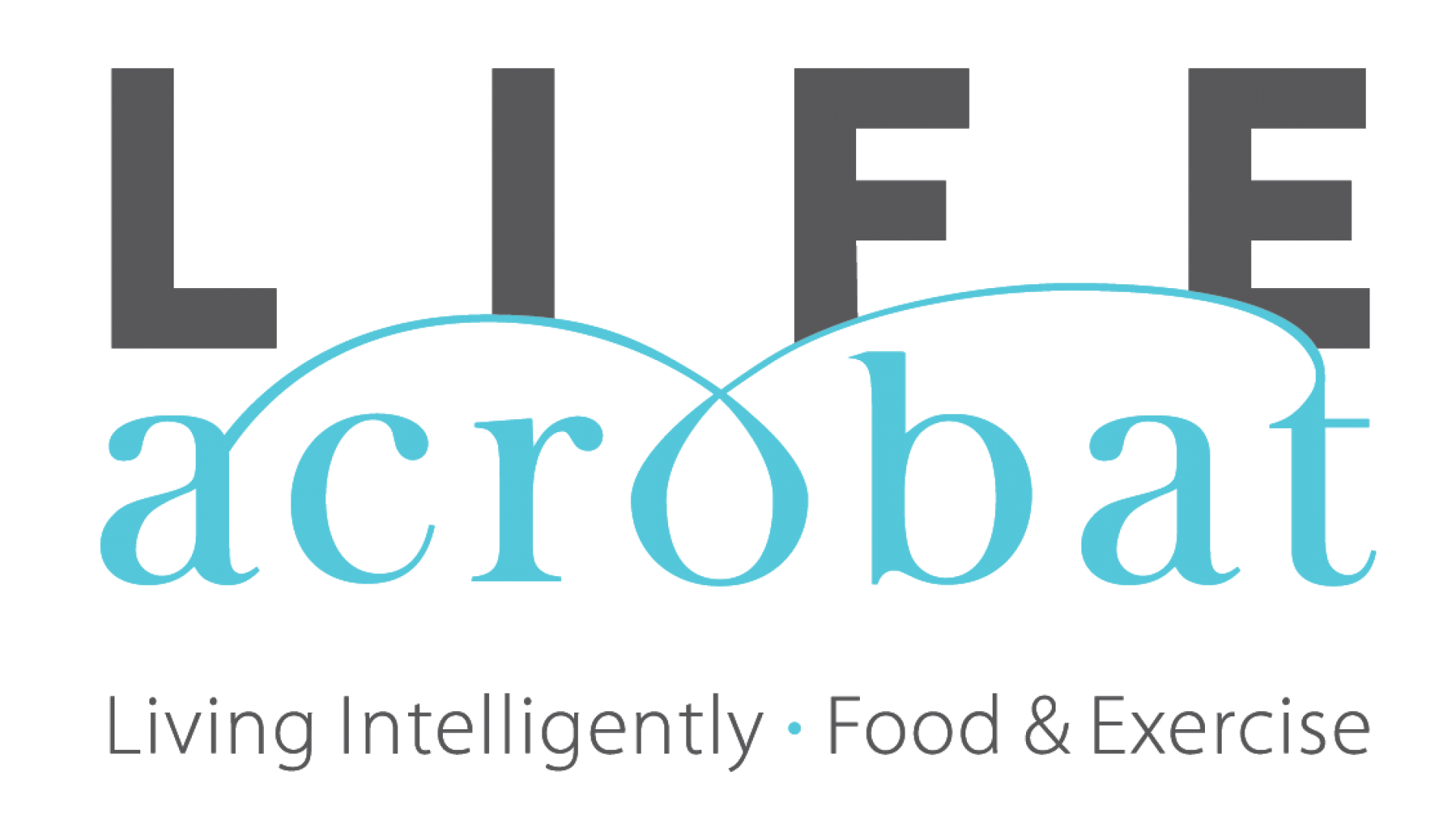We’ve all been there

Whether we’re trying to lose weight, doing ‘dry January’, trying to reduce our sugar intake or our carbohydrates. There is always someone or something standing in our way preventing us from reaching our end goal.
Quite often we’ll turn round and say “Oh well, at least I tried”. Then we’ll feel bad for a moment, dismiss it, and move on. But maybe that’s the issue?
Maybe we’re trying too hard?
Maybe we just need to stop trying?
When I was at school we were taught “If at first you don’t succeed, try, try, and try again”.
Now it’s not that I don’t condone trying, in fact I am a big fan of getting back on that horse if I fall off: If I am confident in succeeding; if I know where I went wrong, and what I need to alter to improve.
Years ago I used to compete in freestyle aerial skiing. Our coach would make us watch footage of our jumps over and over. So that with future jumps we could make the necessary alteration (imperceptible to anyone else) that would make a huge difference with our style, and crucially how we landed!
If we made huge and obvious alterations to our movements, we could go from falling flat on our face to flat on our backs: Not ideal and incredibly painful! So it was the small tweaks that made the difference, that took us from ‘all right’, to ‘near perfect’.
The same principle can be applied in daily life. If you are embarking on a diet, you may need to make radical alterations to begin with: You may need to significantly reduce your sugar intake, or the number of take-aways you eat. You’ll also experience a significant reduction in weight for the first few weeks, and then find that your weight plateaus.
Countless people give up at this stage, frustrated by the fact that they can’t lose any more weight, declare that they “Gave it a good go”, decide dieting isn’t for them and return to their normal equilibrium as the extreme changes they had made seemed to have stopped working.
But what if I said at this stage:
“You only need to make minor alterations to your diet and exercise to continue the weight loss?”
In other words keep trying, but not as hard. From your new starting point, you only need minor changes now to continue the weight loss.
For example: Increase the amount of physical activity you are doing each week. Even if it’s only 15 minutes for each session. If you are restricted on time, increase (or start) using weights.
In the first weeks of weight loss we lose a combination of muscle as well as fat. Muscle helps to maintain the rate at which you burn calories, so a reduction in muscle mass also means a slowing down in your metabolism.
By increasing your lean muscle through increased physical activity; especially resistance training, you should expect to experience an increase in your metabolism, and your weight loss will begin again!
Trying less can be applied to all sorts of scenarios.
Have you ever been wracking your brains for a solution to a problem, or wanting to remember the name of the town/hotel/restaurant you visited years ago? The harder you try to remember, the more evasive it becomes. And yet, how many times over the years have you gone to bed and woken up in the night remembering that name or coming up with a solution to the problem that was driving your crazy just a few hours ago?
It seems to me that in the world of trying, less is more, so give yourselves a break and don’t try so hard!

Metmenstetten, Switzerland. August 2007.
